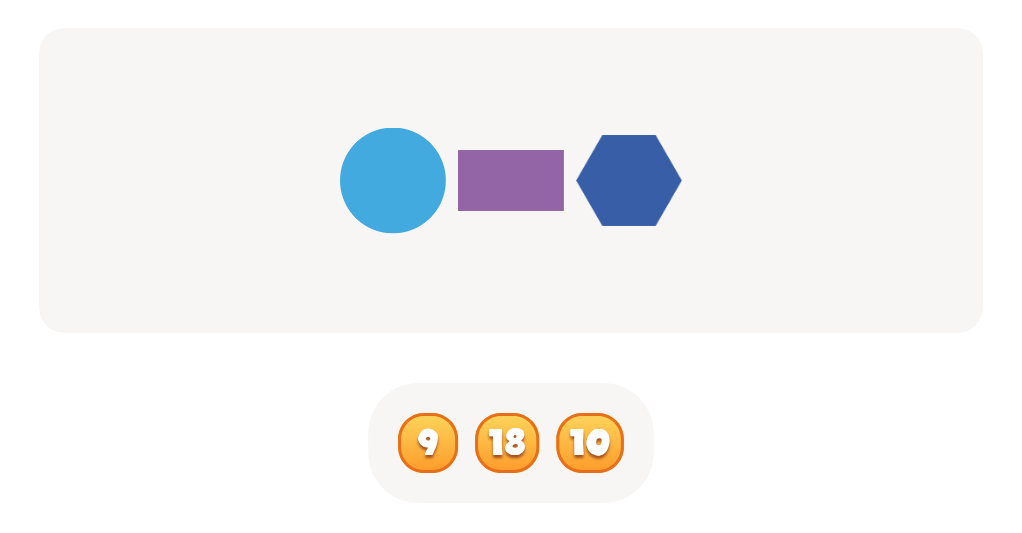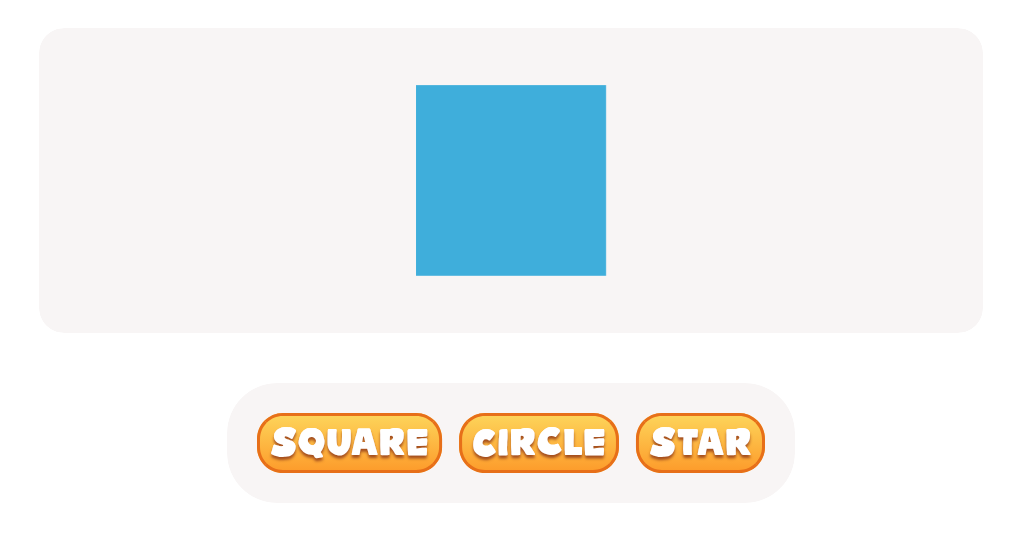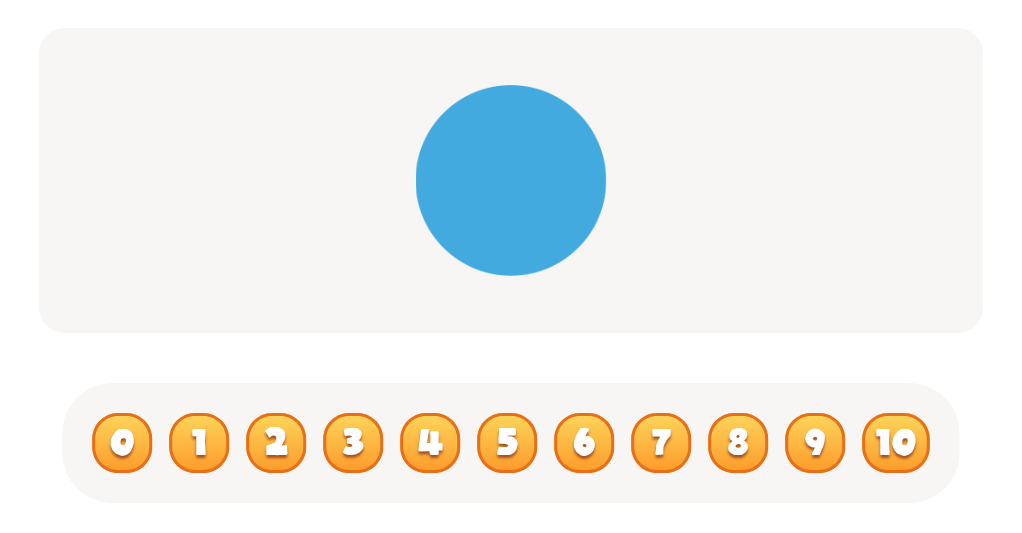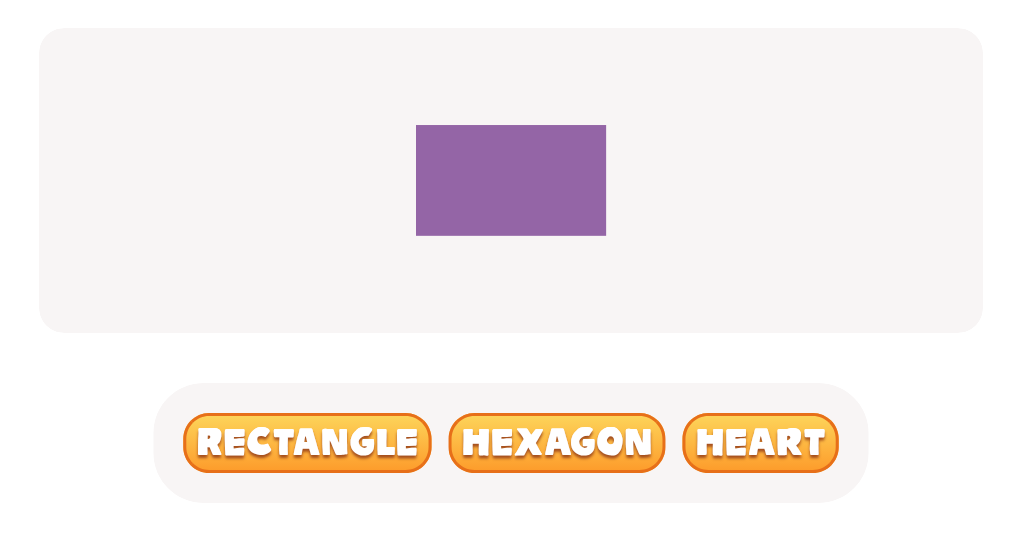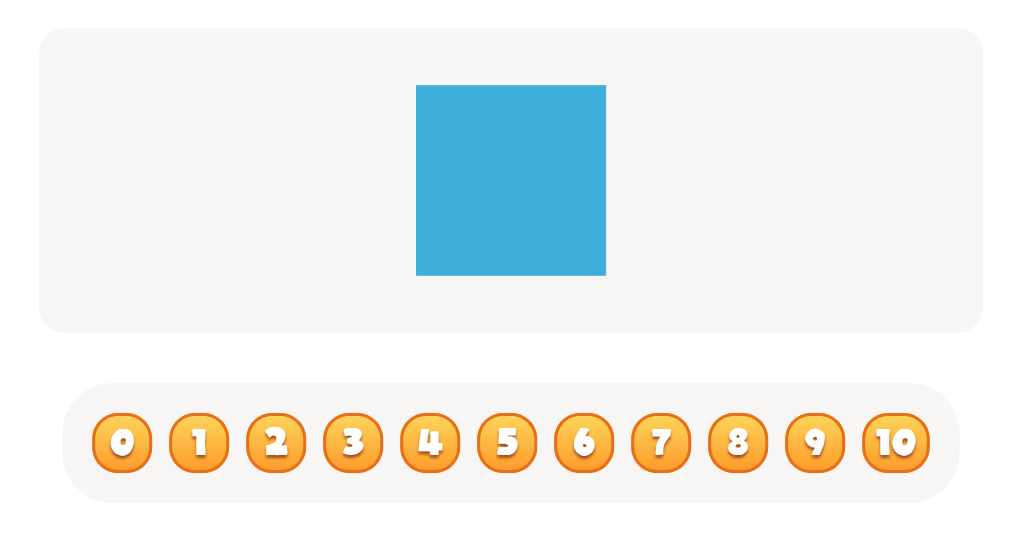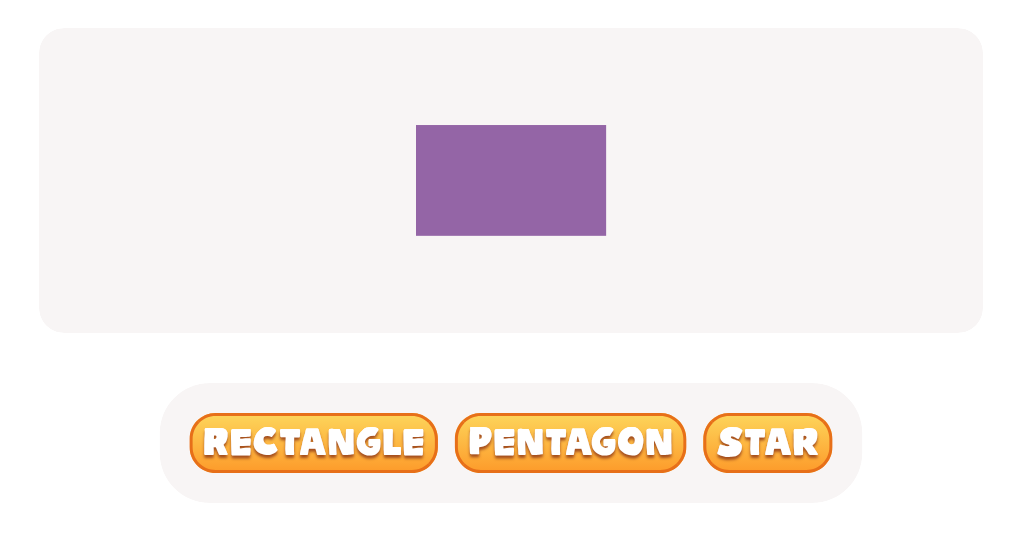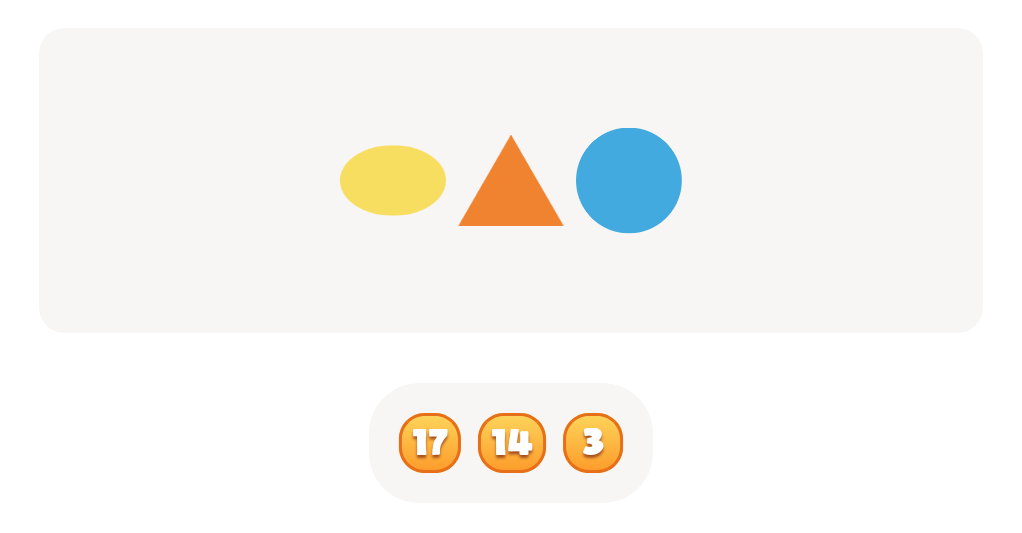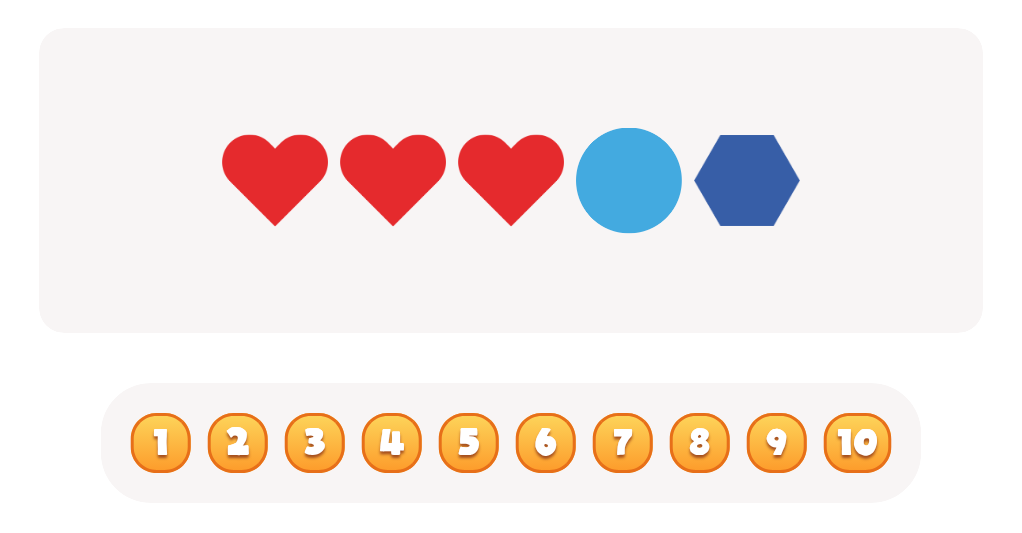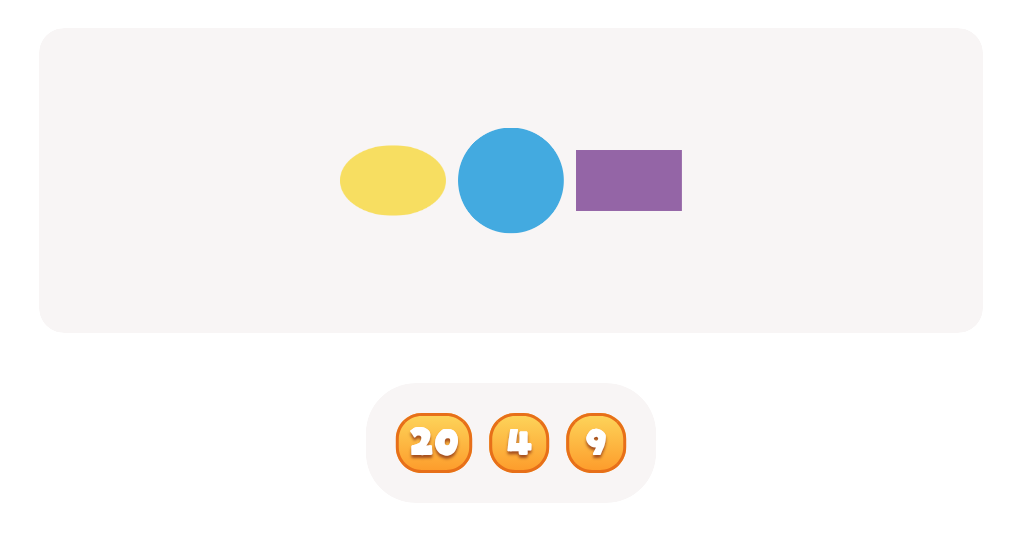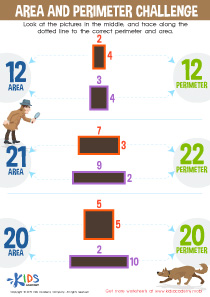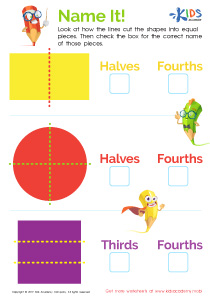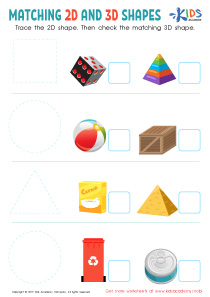Following instructions 2D Shapes Worksheets for Ages 4-7
3 filtered results
-
From - To
Introduce young learners to the exciting world of geometry with our "Following Instructions 2D Shapes Worksheets" designed for ages 4-7. These worksheets make learning fun by combining simple instructions with delightful 2D shape activities. Perfect for developing listening skills, enhancing fine motor abilities, and fostering geometric recognition, each task guides children through drawing, matching, and identifying shapes like circles, squares, and triangles. Ideal for use at home or in the classroom, our engaging worksheets are an excellent educational tool to support and challenge budding mathematicians. Give your child the head start they need in math with these fun, interactive exercises!
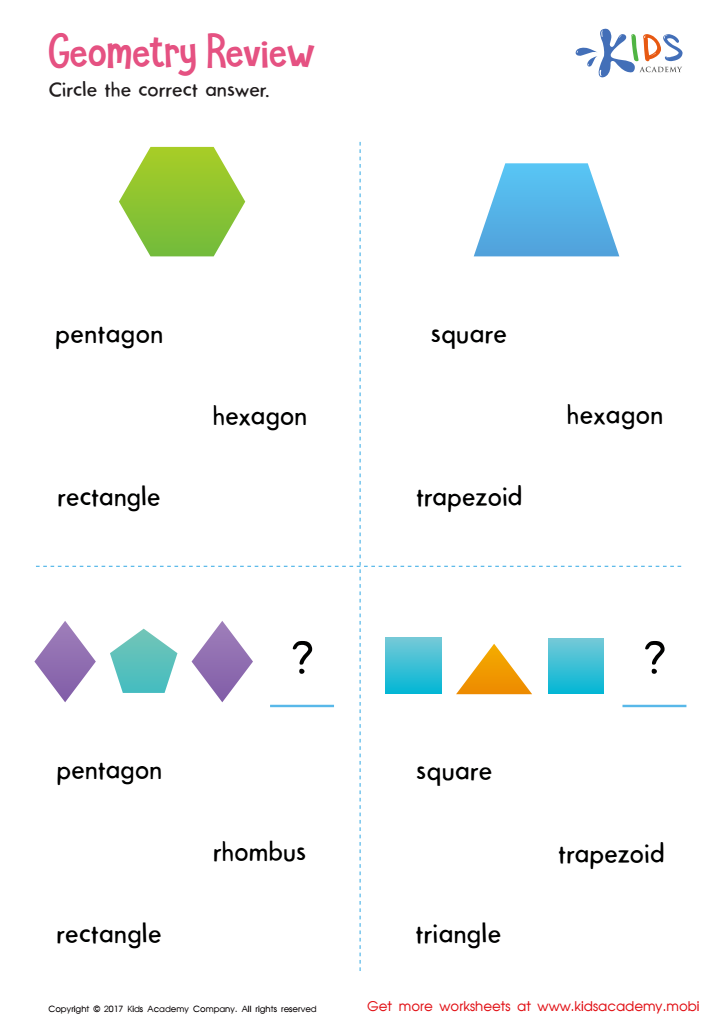

Geometry Review Printable
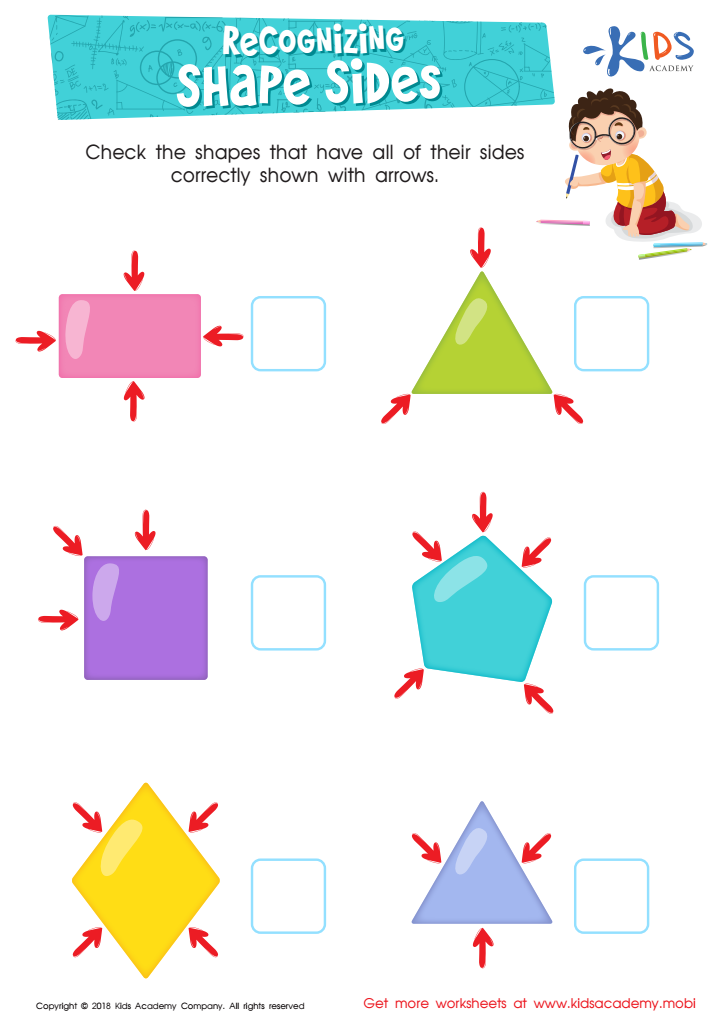

Recognizing Shape Sides Worksheet
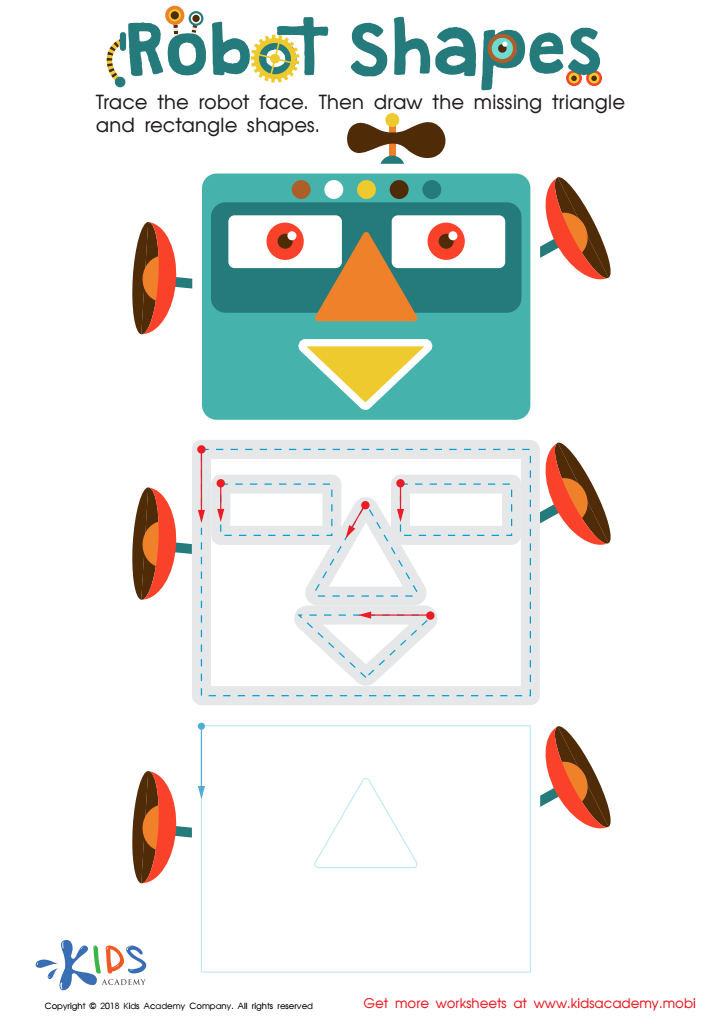

Robot Shapes Worksheet
Understanding and following instructions related to 2D shapes is crucial for young children ages 4-7 for several reasons. Firstly, it lays an essential foundation in mathematical education. Learning about shapes helps children identify and name different geometric figures, which are the building blocks for more advanced math concepts. Recognizing shapes like circles, squares, and triangles also aids in developing spatial awareness and problem-solving skills, which are applicable in everyday life.
Moreover, following instructions builds focus and cognitive development. When children receive and act on directions to create or identify 2D shapes, they enhance their ability to listen, process information, and execute tasks in sequence. This promotes critical thinking and attention to detail—key skills not only in academics but also in day-to-day activities.
Socially, these lessons foster cooperation and communication. Activities involving shape recognition often require group participation, encouraging teamwork and verbal expression as children articulate their thought processes and collaborate with peers.
Furthermore, teaching these concepts at an early age is impactful because children’s brains are highly receptive. By engaging with shapes through structured instructions, parents and teachers can stimulate intellectual curiosity and set a positive tone for future learning experiences, nurturing an enthusiasm for discovery and exploration.
 Assign to My Students
Assign to My Students
